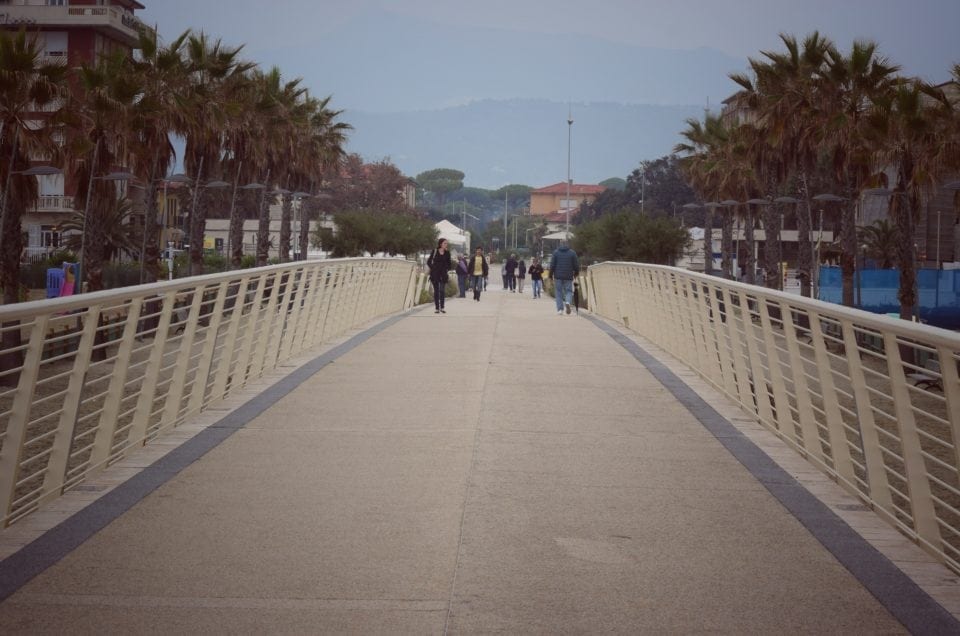The town of Camaiore is a seaside centre in the province of Lucca and it has a population of about 3,000 inhabitants. The Municipal Archaeological Museum, the Collegiata, namely a Romanesque church of the XIII century, and the Abbey, that is a very ancient structure the Benedictines founded in 760 b.C. can be admired here.
The story of the town dates to the time the Romans founded Lucca around 190 b.C. It was then that numerous fortifications rose around the new settlement. One of the latter, the Colonia Lucensis, was raised near the great plain called just “Campus Maior” that gave life to the town’s name. After the fall of the Roman Empire the territory was endured the invasions by the Goths who fought against the Byzantines to conquer the area.
The Lombards came with the second wave of Barbarian invasions in the territory of Lucca. They were a population culturally different from the ancient Romans and annexed Lccca extending the borders of the town towards the surrounding lands, such as the area of Campus Maiore. After the Lombards’ conversion to Christianity, parishes started to appear, such as the ones of Santa Maria and of Santo Stefano.
After the great feudal seigniories of the new millennium had conquered Camaiore, Lucca ruled the town again around 1230 and it also became the chief town of a vicariate in 1308. Camaiore, that was scarcely adequate to experience the troubled period of Lucca’s XIV century, went through the Pisan occupation and the invasion of German mercenaries in 1329. The inhabitants of Lucca who had become the new rulers of the town again, settled the construction of the town’s walls in 1380, only.
Yet, the new fortification was not enough to give Camaiore a period of Peace and political stability. In 1440, Francesco Sforza’s Florentine troops besieged the town. Thirty years later, Lucca could get Camaiore again and the town’s loyalty to the city was renovated in 1532 during the so-called “Rivolta degli straccioni” when the authorities of Camaiore flanked Lucca and tamed the population’s rebellion. It was in this occasion that the Arco Trionfale was built just outside the Porta Lombricese.
In the modern age, Camaiore lost pat of its political prestige in comparison to the thriving Viareggio. In 1620, this nearby town became the new chief town of the vicariate and of many territories, thus becoming the ideal partner of Lucca in trade thanks to the growth of the activity in its port. Therefore, Camaiore had the same fate as Lucca and Viareggio and many authorities ruled it.
In 1801, Napoleon settled the birth of he new Republic of Lucca that after the French emperor’s death became a small sovereign state governed by Maria Luisa di Borbone. In 1874, the Grand Duchy of Tuscany finally annexed Camaiore, too, together with the whole area of Lucca. The town status changed in 1860, the year of the plebiscite that settled its definitive belonging to the Kingdom of Italy.








